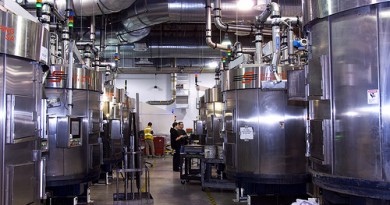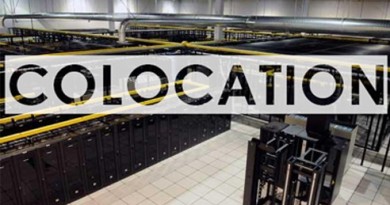10 Common Data Center Surprises
Vice President of Global Power, Emerson Network power Mr Peter Panfil said : “Very few things are more unsettling than the unexpected, if you are a data center or IT manager”. This list helps IT professionals to anticipate these issues and can make-up their mind with appropriate technologies, best practices and solutions.
Ten communal surprises:
Those high-density predictions finally are coming true:
Projections of double digit rack densities have been slow to come to fruition after rapid growth early in century. Avg densities hovered between 6.0 an 7.4KW per rack from 2006 to 2009, but the most recent DCUG survey predicted average rack densities will reach 12.0 KW within 3 yrs. This will put a premium on adequate UPS capacity and power distribution, cooling to handle the heat output.
Data center managers will replace servers 3 times before they replace UPS or cooling systems:
Approximately every 3 years server refreshes happen. Much longer is expected from cooling and UPS systems, sometimes it take decades. Infrastructure organizations invest in today must be able to scale to support, servers that may be two, three or even four generations removed from today’s models. Modular solutions can scale to meet both short and long term requirements.
Downtime is expensive:
All knows downtime is not healthy, but the actual cost involved with an unplanned outage are spectacular. According to a Ponemon Institute study, an outage can cost an organization an average of about $5,000 per minute. That’s $300,000 in just an hour. The same study indicates the most common causes of downtime are UPS battery failure and exceeding UPS capacity. Avoid those problems by investing in the right UPS—adequately sized to support the load—and proactively monitoring and maintaining batteries.
Water and the data center do not mix – but we keep trying:
Gelling with water Sensitive IT equipment does not respond. However, the aforementioned Ponemon study indicates 35 percent of all unplanned outages are a result of some type of water incursion. These aren’t just leaky valves; in fact, many water-related outages are the result of a spilled coffee or diet soda. The fix: Check those valves, but more importantly, check the drinks at the door.
New servers use more power than old servers:
Sever consolidation and virtualization can reduce server inventory by big numbers, but that doesn’t exactly equate to huge energy savings. New virtualized servers, especially powerful blade servers, can consume four or five times as much energy as those from the preceding generation (although they usually do it more efficiently). The relatively modest savings at the end of that consolidation project may come as a surprise.
Monitoring is a mess:
IT managers have more visibility into their data centers than ever before, but accessing and making sense of the data that comes with that visibility can be a daunting task. According to an Emerson Network Power survey of data center professionals, data center managers use, on average, at least four different software platforms to manage their physical infrastructure. Today’s DCIM solutions can consolidate that information and proactively manage the infrastructure to improve energy and operational efficiency and even availability.
The IT guy is in charge of the building’s HVAC system:
The gap between IT and Facilities is shrinking, and the big share of the responsibility for both pieces is falling on the IT professionals. Forward-thinking data center managers are developing a DCIM strategy to help them understand this expansion of their roles and responsibilities.
That patchwork data center needs to be a quilt:
The advent of increasingly intelligent, dynamic infrastructure technologies and monitoring and management systems has increased the amount of actionable data across the data center, delivering real-time modeling capabilities that enable significant operational efficiencies. IT and infrastructure systems still can work independently, but to truly leverage the full extent of their capabilities, integration is imperative.
Data center on demand is a reality:
Today there are modular, integrated, rapidly deployable data center solutions for any space. Integrated, virtually plug-and-play solutions that include rack, server and power and cooling can be installed easily in a closet or conference room. On the larger end, containerized data centers can be used to quickly establish a network or to add capacity to an existing data center. The solution to most problems is a phone call away.
IT loads vary – a lot:
A scalable infrastructure with intelligent controls can adjust to those highs and lows to ensure efficient operation.



